ASM Metals HandBook Vol. 17 - Nondestructive Evaluation and Quality Control
Подождите немного. Документ загружается.

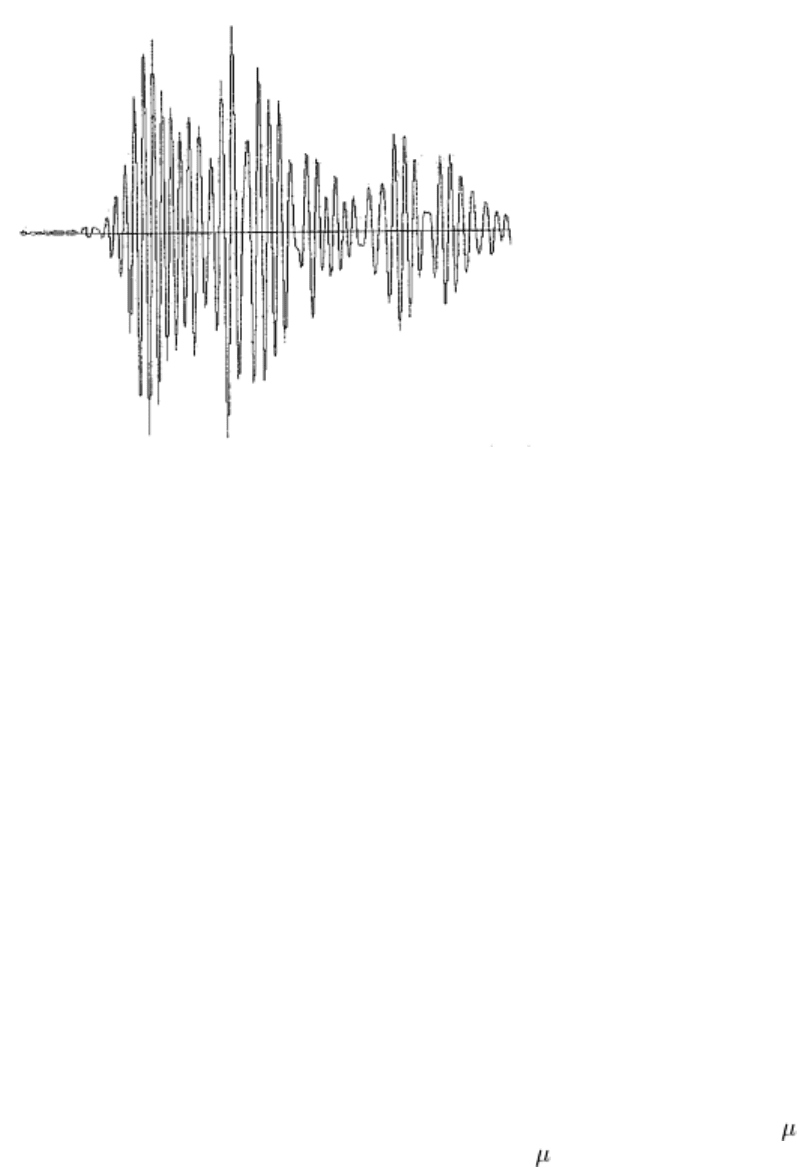
Fig. 7 Typical AE burst-type waveform recorded from a flat-bottom storage tank with a transient recorder
Frequency Response. By selecting a resonant sensor from the wide range available, one can effectively choose the
monitoring frequency. This is a useful feature that allows the inspector to make a suitable trade-off between the desired
detection range and the prevailing noise environment. In practice, the vast majority of AE testing is well performed with
sensors that are resonant at about 150 kHz.
Preamplifier Response. The signals generated by the sensor are amplified to provide a higher, more usable voltage.
This is accomplished with a preamplifier, which is placed close to (or even inside) the sensor so as to minimize pickup of
electromagnetic interference. The preamplifier has a wide dynamic range and can drive the signal over a long length of
cable so that the main instrumentation can be placed hundreds of meters from the testpiece if necessary.
The preamplifier typically provides a gain of 100 (40 dB) and includes a high-pass or bandpass filter to eliminate the
mechanical and acoustical background noise that prevails at low frequencies. The most common bandpass is 100 to 300
kHz, encompassing the 150 kHz resonant frequency of the most commonly used sensor. Other operating frequencies can
be used, but there are limitations. At lower frequencies, there are increasing problems with mechanical background noise.
At higher frequencies, the wave attenuates (damps out) more rapidly, and the detection range of the sensor will be
smaller. Choice of operating frequency is therefore a trade-off between noise and detection range. Lower frequencies are
used on pipelines, where detection range is at a premium, and in geological work because rocks and soils are highly
attenuating. Higher frequencies are used to test steam lines in electricity generating stations, where background noise is
unusually high.
Attainable Sensitivity. Preamplifiers inevitably generate electronic noise, and it is this noise that sets the ultimate
limit to the smallest movement detectable with AE equipment. The smallest signal that can be detected is about 10 V at
the transducer output, corresponding to a surface displacement of about 25 pm (1 × 10
-6
in.) for a typical high-sensitivity
sensor. This sensitivity is more than enough for most practical NDT applications.
Installation. Typically, the sensor is coupled to the testpiece with a fluid couplant and is secured with tape, an adhesive
bond, or a magnetic hold-down device. In some applications, however, the AE sensor may be mounted on a waveguide,
as in Example 1.
After the sensor is installed and connected to the monitoring equipment, system performance is checked by "lead break"
before monitoring begins. This involves the breaking of a lead pencil near the sensor to verify the response from an
acoustic signal. Properly performed, the lead break delivers a remarkably reproducible signal that closely matches the
"point impulse loading" source discussed above (see the section "Factors in Source Function Analysis" in this article).
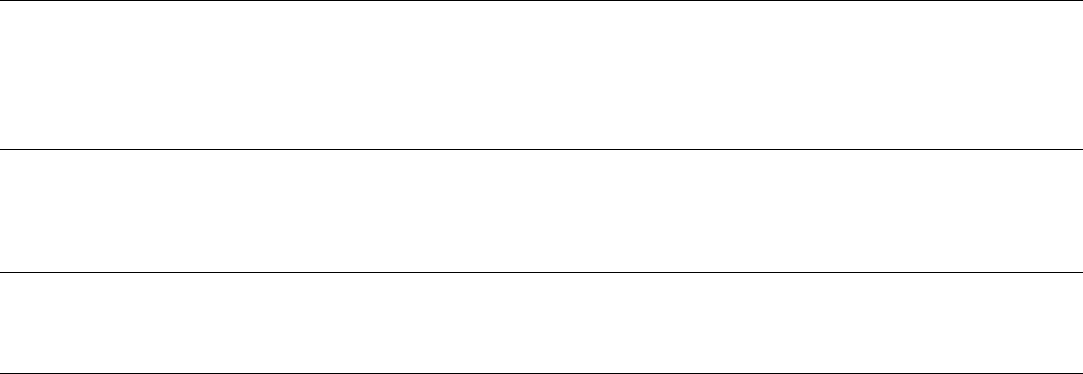
Example 1: Acoustic Waveguide Sensors Used in Monitoring the Cooling of
Molten Vitrified Nuclear Waste.
Acoustic emission monitoring was used to help correlate cracking in vitrified high-level waste with cooling procedures.
There was a need for a method capable of performing in an environment consisting of approximately 900 °C (1650 °F)
temperatures and 500 Gy/h (50,000 rad/h) gamma radiation for the continuous monitoring of vitrified waste in canisters
during cooling to detect glass cracking. Waveguide sensors about 4.6 m (15 ft) long were used; one end was submerged in
the glass, and a sensing crystal and preamplifier were positioned on the other end. The signal from the sensor was passed
through coaxial cables to the outside of the hot cell, where it was received by an AE monitor system for analysis. At the
end of the testing, the AE sensors had been in the environment for 120 days, and the accumulated dose of gamma
radiation had reached 14 × 10
5
Gy (14 × 10
7
rad). The sensors were still functioning properly.
Reference cited in this section
21.
"Standard Method for Primary Calibration of Acoustic Emission Sensors," E 1106-86,
Annual Book of
ASTM Standards, American Society for Testing and Materials
Note cited in this section
* Example 1was provided by Phil Hutton, Battelle Northwest Laboratory.
Acoustic Emission Inspection
Adrian A. Pollock, Physical Acoustics Corporation
Instrumentation Principles
During an AE test, the sensors on the testpiece produce any number of transient signals. A signal from a single, discrete
deformation event is known as a burst-type signal. This type of signal has a fast rise time and a slower decay, as
illustrated in Fig. 7. Burst-type signals vary widely in shape, size, and rate of occurrence, depending on the structure and
the test conditions. If there is a high rate of occurrence, the individual burst-type signals combine to form a continuous
emission. In some cases, AE inspection relies on the detection of continuous emission (see the sections "Mechanisms of
AE Sources" and "Leak Testing" in this article).
The instrumentation of an AE inspection provides the necessary detection of continuous emissions or detectable burst-
type emissions. Typically, AE instrumentation must fulfill several other requirements:
•
The instrumentation must provide some measure of the total quantity of detected emission for
correlation with time and/or load and for assessment of the condition of the testpiece
•
The system usually needs to provide some statistical information on the detected AE signals for more
detailed diagnosis of source mechanisms or for assessing the significance of the detected signals
• Many systems can locate the source of detectable burst-
type emissions by comparing the arrival times of
the wave at different sensors. This is an important capability of great value in testing both large and
small structures
• The systems should provide a means for dis
criminating between signals of interest and noise signals
from background noise sources such as friction, impact, and electromagnetic interference
Instruments vary widely in form, function, and price. Some are designed to function automatically in automated
production environments. Others are designed to perform comprehensive data acquisition and extensive analysis at the
hands of skilled researchers. Still others are designed for use by technicians and NDT inspectors performing routine tests
defined by ASME codes or ASTM standards.
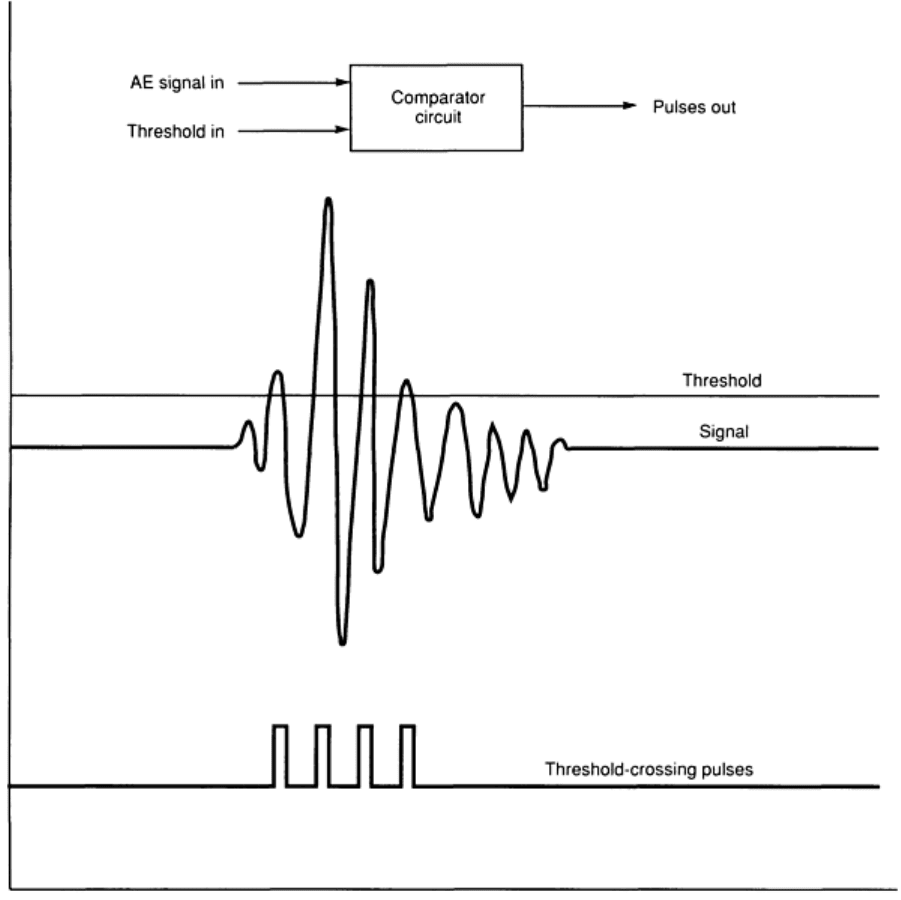
Signal Detection and Emission Counts. After sensing and preamplification, the signal is transmitted to the main
instrument, where it is further amplified and filtered. Next is the critical step of detecting the signal. This is accomplished
with a comparator circuit, which generates a digital output pulse whenever the AE signal exceeds a fixed threshold
voltage. The relationship between signal, threshold, and threshold-crossing pulses is shown in Fig. 8. The threshold level
is usually set by the operator; this is a key variable that determines test sensitivity. Depending on instrument design,
sensitivity may also be controlled by adjusting the amplifier gain.
Fig. 8 Principle of AE signal detection and threshold-crossing counts
One of the oldest and simplest ways to quantify AE activity is to count the threshold-crossing pulses generated by the
comparator (Fig. 8). These acoustic emission counts are plotted as a function of time or load, either as an accumulating
total or in the form of a count rate histogram. The all-hardware AE systems of the early 1970s could draw these count and
count rate displays on x-y recorders as the test proceeded, and much of the early AE literature presents results in this form.
Figure 9, a typical plot of this type, shows cumulative counts as a function of applied load during a rising-load test on a
precracked specimen of high-strength steel. The vertical scale is 10,000 counts full-scale. The vertical steps on the first
parts of the plot are individual AE events. The larger events score several hundred counts each. By 35 kN (8000 lbf),
10,000 counts have been accumulated. The pen resets to the bottom of the graph, and resumes plotting. As the load rises,
the AE rate increases, and the individual events are no longer discernible on the plot. As the specimen approaches failure,
there are multiple resets of the pen corresponding to the generation of hundreds of thousands of AE counts.
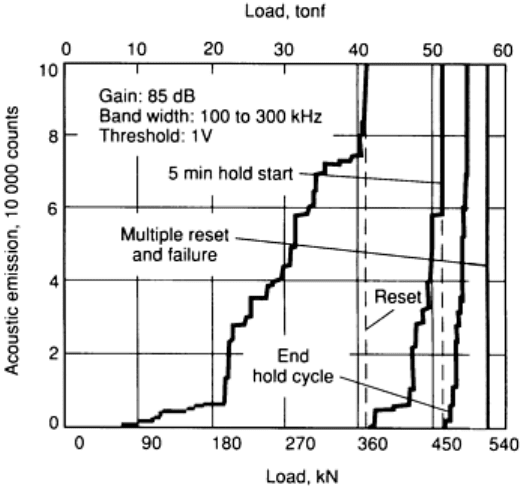
Fig. 9 Acoustic emission from a welded three-
point bend specimen of 12% Ni maraging steel. Steps in the
curve are discrete, burst-type emissions caused by plastic zone growth and later, crack front movement.
Hit-Driven AE Systems. All-hardware systems reached an apex of development in the late 1970s, but they were
eventually superseded by computer-based systems. The development of AE technology coincided with the development
of computers, and computers were probably used earlier for AE inspection than for any other NDT method. Computers
were first used for AE multichannel source location systems around 1970. Although source location was the first task
(and a very advanced one), computers soon came into use for the more general purposes of AE data storage, analysis, and
display. At the same time, personnel involved in AE inspection became interested in other signal features of burst-type
emissions beyond the threshold-crossing counts (see the section "Signal Measurement Parameters" in this article).
These trends led to a new principle of AE instrumentation that has dominated the technology ever since. This principle
involves the measurement of key parameters of each hit, that is, each AE signal that crosses the threshold. A digital
description of each hit is generated by the front-end hardware and is passed in sequence with other hit descriptions
through a computer system, which provides data storage, a variety of graphical displays, and replay for posttest analysis.
A generic block diagram is shown in Fig. 10, and a typical modern system is shown in Fig. 11. The larger, multichannel
systems divide the data-processing tasks among many microprocessors. In the system shown in Fig. 11, for example, a
separate microprocessor serves each pair of signal measurement channels. The highest priority for this microprocessor is
to read the results of each signal measurement as soon as the measurement process is completed, so that the measurement
circuitry can be reset for the next event. The front-end microprocessor can rapidly store several hundred hit descriptions
in its buffer, pending further processing. With this parallel processing architecture, added channels will automatically
bring added data processing power. With the front-end buffers supplemented by other, even larger buffers in the later
stages of the microcomputer network, the system has the versatility to absorb sudden surges of AE activity and to handle
widely varying data rates in an optimum manner (Ref 22).
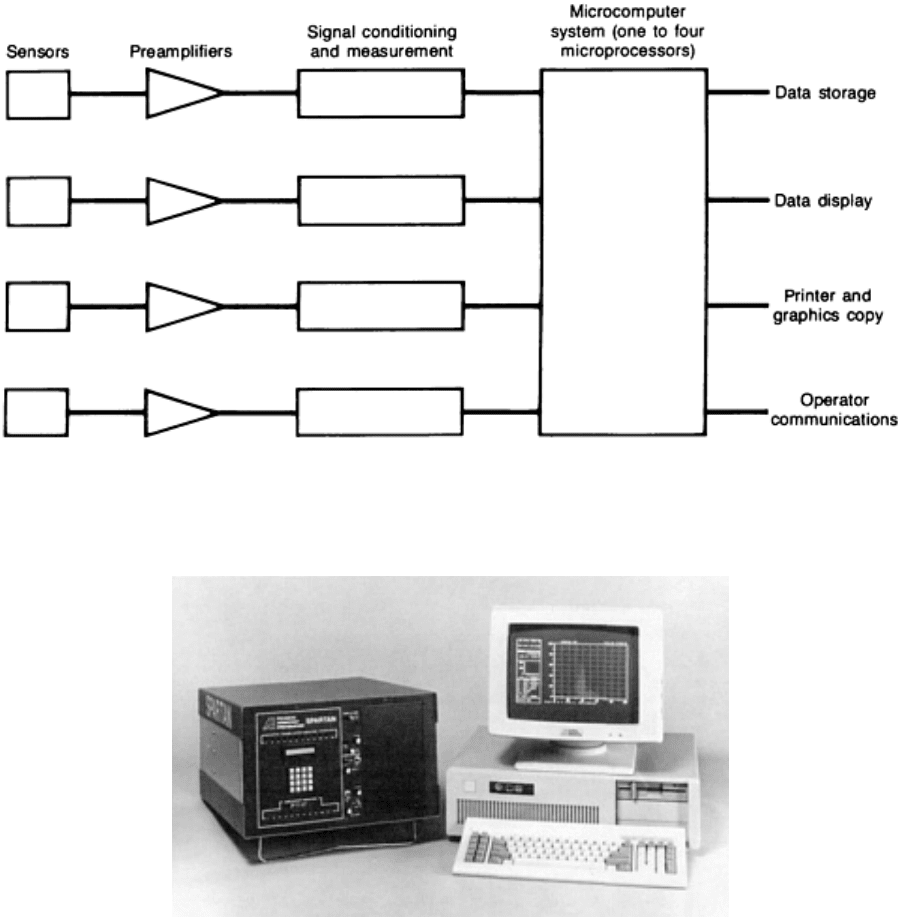
Fig. 10 Generic block diagram of a four-channel acoustic emission system
Fig. 11 Typical general-purpose AE instrument--a 12-
channel data acquisition system with computer for data
display, storage, and analysis. Courtesy of Physical Acoustics Corporation
Signal Measurement Parameters. The five most widely used signal measurement parameters are counts (Fig. 8),
amplitude, duration, rise time, and the measured area under the rectified signal envelope (MARSE) (Fig. 12). Some tests
make do with fewer parameters, and some tests use others, such as true energy, counts-to-peak, average frequency, or
spectral moment. However, the five principal parameters have become well standardized and accepted through the market
processes of the last 10 years.
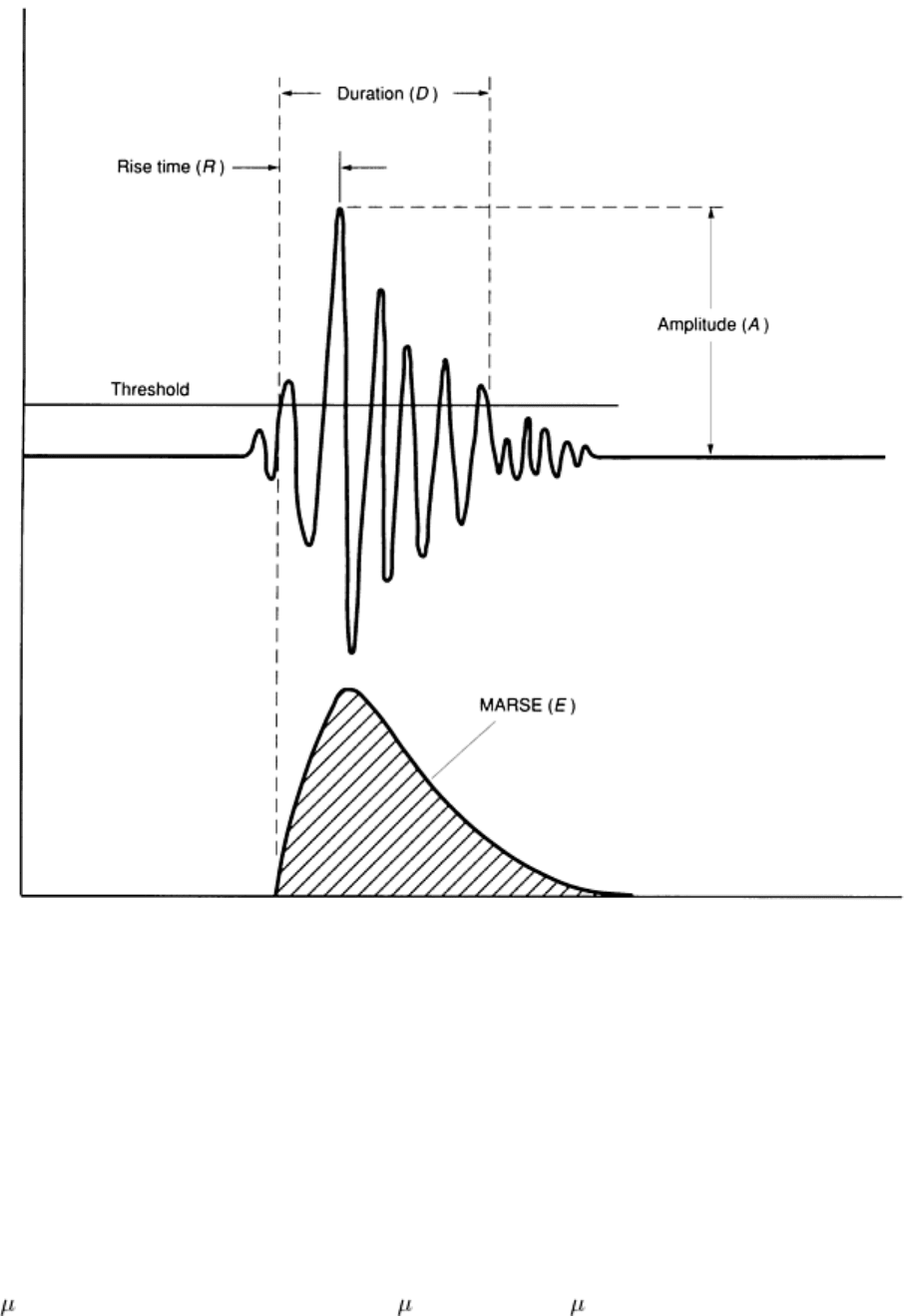
Fig. 12 Commonly measured parameters of a burst-type acoustic emission signal
Along with these signal parameters, the hit description passed to the computer typically includes important external
variables, such as the time of detection, the current value of the applied load, the cycle count (if it is a cyclic fatigue test),
and the current level of continuous background noise. The length of the total hit description is usually between 20 and 40
bytes.
Amplitude, A, is the highest peak voltage attained by an AE waveform. This is a very important parameter because it
directly determines the detectability of the AE event. Acoustic emission amplitudes are directly related to the magnitude
of the source event, and they vary over an extremely wide range from microvolts to volts. Of all the conventionally
measured parameters, amplitude is the one best suited to developing statistical information in the form of distribution
functions (Ref 23). The amplitudes of acoustic emissions are customarily expressed on a decibel (logarithmic) scale, in
which 1 V at the transducer is defined as 0dBae, 10 V is 20dBae, 100 V is 40dBae, and so on.
Counts, N, are the threshold-crossing pulses (sometimes called ringdown counts) discussed above. This is one of the
oldest and easiest ways of quantifying the AE signal. Counts depend on the magnitude of the source event, but they also
depend strongly on the acoustic properties and reverberant nature of the specimen and the sensor.
MARSE, sometimes known as energy counts, E, is the measured area under the rectified signal envelope. As a measure of
the AE signal magnitude, this quantity has gained acceptance and is replacing counts for many purposes, even though the
required circuitry is relatively complex. MARSE is preferred over counts because it is sensitive to amplitude as well as
duration, and it is less dependent on threshold setting and operating frequency. Total AE activity must often be measured
by summing the magnitudes of all the detected events; of all the measured parameters, MARSE is the one best suited to
this purpose.
Duration, D, is the elapsed time from the first threshold crossing to the last. Directly measured in microseconds, this
parameter depends on source magnitude, structural acoustics, and reverberation in much the same way as counts. It is
valuable for recognizing certain long-duration source processes such as delamination in composite materials (Ref 24), and
it can be useful for noise filtering and other types of signal qualification.
Rise time, R, is the elapsed time from the first threshold crossing to the signal peak. Governed by wave propagation
processes between source and sensor, this parameter can be used for several types of signal qualification and noise
rejection.
Multichannel Considerations. Measurement of the signal proceeds simultaneously on every channel that detects (is
hit by) the AE wave. Acoustic emission systems are available in sizes from 1 channel to over 100 channels, depending on
the size and complexity of the structure to be tested. Typical laboratory systems have 2 to 6 channels, while most
structural tests are accomplished with 12 to 32 channels.
An individual AE event may hit just one channel or it may hit many channels, depending on the strength of the event, the
wave attenuation in the structure, and the sensor spacing. Therefore, an early task for the multichannel system is to
determine whether a group of closely spaced hits on different channels is from the same source event. Depending on the
system design, this can be accomplished either in hardware or in software. The second, third, and later hits from a source
event can be either retained for the purposes of source location or discarded to keep the data clean and simple. After this
task of event/hit identification has been performed, the system can deal in event descriptions as well as hit descriptions.
The event description usually includes channel identification and relative timing information for all the channels
involved, along with the signal characteristics of the first hit and perhaps the other hits as well.
The stream of hit (or event) descriptions is passed through a central processor that coordinates the tasks of data storage,
display, and operator communications. In larger systems, these tasks can be divided among several processors. In many
systems, the entire stream of hit descriptions is stored to disk; this provides unlimited posttest analysis capability. Full
data storage is a vital aspect of applied AE technology. It reduces dependence on the on-site operator for ultimate test
results, allowing him to concentrate on the vital task of correct data collection (Ref 11).
Data Displays. A software-based, hit-driven AE system can produce many types of graphic displays. The operator is
not limited to what can be observed during the test, because the results can be refined, filtered, and redisplayed in any
manner during the posttest analysis.
Broadly, AE data displays can be classed as:
• History plots that show the course of the test from start to finish
• Distribution functions that show statistical properties of the emission
• Channel plots showing the distribution of detected emissions by channel
• Location displays that show the position of the AE source
• Point plots showing the correlation between different AE parameters
• Diagnostic plots showing the severity of AE indications from different parts of the structure
Some of these generic display types are illustrated in Fig. 13.
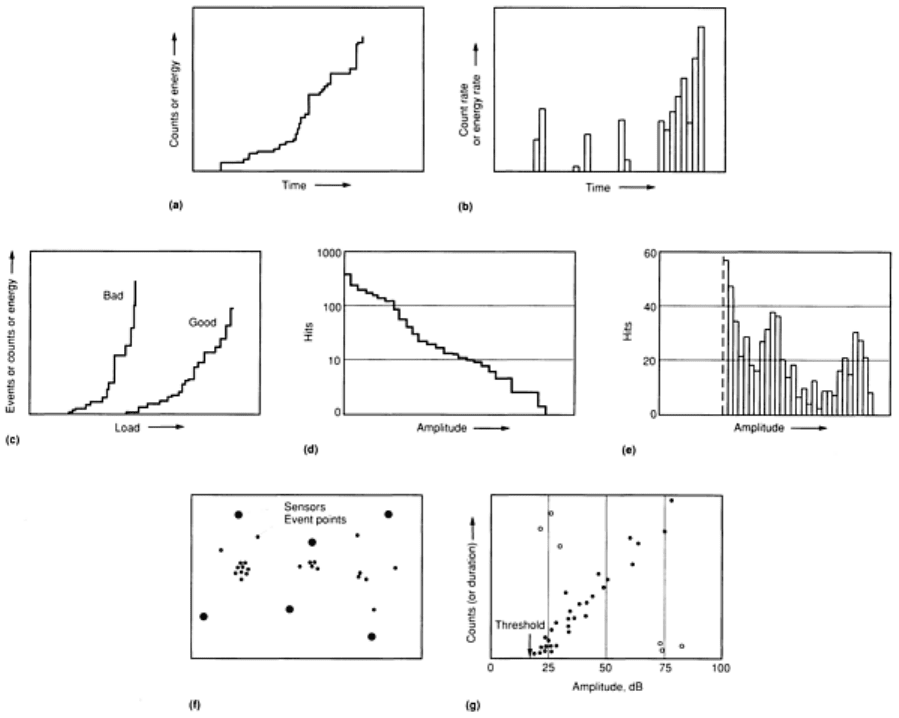
Fig. 13
Typical AE data displays. (a) History plot of the cumulative count or energy. (b) History plot of the
count rate or energy rate. (c) History plot of AE data versus load. (d) Cumulative amplitude distribution
showing the number of hits t
hat exceeded an amplitude. (e) Differential amplitude distribution showing the
number of hits of a particular amplitude. (f) Planar source location display. (g) Point plot of counts (or duration)
versus amplitude
Figures 13(a) and 13(b) show history plots of AE data versus time in cumulative and rate form, respectively. A
cumulative plot is the more convenient format for reading off a total emission quantity, while a rate plot highlights the
changes in activity that occur during the test.
Figure 13(c) is a history plot of AE data versus load. This is the most fundamental plot because it directly relates cause to
effect. This type of plot is especially useful for separating good parts from bad; bad parts characteristically begin to emit
at lower loads and give more emission than good parts at all load levels. This basic plot of AE data versus load is also the
best way to display the Kaiser and Felicity effects, as shown in Fig. 14.

Fig. 14 Basic AE history plot showing Kaiser effect (BCB), Felicity effect (DEF), and emission during hold (GH)
Figures 13(d) and 13(e) show the cumulative and differential forms, respectively, of the amplitude distribution function.
The x-axis shows amplitude, and the y-axis shows how many hits had that amplitude (differential form) or exceeded it
(cumulative form). The differential amplitude distribution (Fig. 13e) is useful for distinguishing between deformation
mechanisms and for observing changes in AE intensity as the test proceeds. The cumulative form (Fig. 13d) is more
useful for quantitative modeling and for assessing how the detectability of AE will be affected by changes in test
sensitivity. The amplitude distribution is a standard AE display, and the underlying theory is well developed (Ref 23).
Distribution functions using the other signal measurement parameters are also employed for special purposes.
Figure 13(f) is a planar source location display. This display is basically a map of the structure, with the computed
location of each emission event shown as a single point in the appropriate position. Sensor locations are shown as large
dots, providing a reference frame. The eye is drawn to clusters of located events, which correspond to the most active
sources, typically structurally significant defects.
Figure 13(g) is a point plot of counts (or duration) versus amplitude. Each hit is shown as one point on the display, and its
position shows information about the size and shape of the waveform. This type of display is used for data quality
evaluation, specifically for identifying some commonly encountered types of unwanted noise (Ref 25). Acoustic emission
signals from impulsive sources typically form a diagonal band running across this display. Noise signals from
electromagnetic interference fall below the main band (circled area, lower right, Fig. 13g) because they are not prolonged
by acoustic reverberation. Noise signals from friction and leaks fall above the main band (circled area, upper left, Fig.
13g) because the source process is extended in time, not a short impulse. This is only one of the many point plots that
have proved useful in practical AE testing.
The typical software-based system can generate many displays simultaneously in memory while the test is running,
presenting them to the operator upon demand. In addition to these graphic displays, the system may present tabulated data
and/or listings of the individual event or hit descriptions.
Special-Purpose AE Systems. The software-based, hit-driven AE system has the architecture of choice for
application development and general-purpose laboratory and structural testing, but not all AE systems require this kind of
computational power and versatility of display. Once the needs of the test have been defined, simpler equipment is often
appropriate for routine application.

Production testing can often be done with a basic, all-hardware instrument that simply measures counts or energy and
trips an alarm when the emission exceeds a predetermined quantity. Automatic self-checking for good sensor contact can
be incorporated into the function of such an instrument.
Resistance weld monitoring and feedback control is accomplished with all-hardware systems that have special
gates, timers, and interfaces to synchronize the AE monitoring with the operation of the weld controller. Other types of
weld monitoring instruments incorporate pattern-recognition algorithms for automatically recognizing and classifying
specific kinds of weld defects.
Leak testing is a major and relatively simple application of AE instrumentation (see the section "Structural Test
Applications" in this article). Leak testing can be performed with instruments that measure only the root mean square
(rms) voltage of the continuous emission from a leak. Sometimes, detectability is enhanced by the occurrence of burst-
type signals from particle impact or structural degradation of the local material. Small size is a major advantage when the
instrument has to be carried around an industrial complex or power generating plant.
Specific Applications. Instrument manufacturers have also developed special instruments for specific, well-established
applications, such as bucket truck testing and tank car testing. These instruments are based on the applicable codes or
standard procedures for performing the test. Simplification of hardware and software leads to a lower-cost instrument.
Customized software provides more positive guidance and fewer operator choices, so that a lower level of skill can be
used on-site and the test can be performed reliably and economically.
References cited in this section
11.
S.L. McBride, Acoustic Emission Measurements on Rubbing Surfaces, in Proceedings
of the World
Meeting on Acoustic Emission (Charlotte, NC), Acoustic Emission Group, March 1989
22.
S.J. Vahaviolos, 3rd Generation AE Instrumentation Techniques for High Fidelity and Speed of Data
Acquisition, in Progress in Acoustic Emission III, Proceed
ings of the Eighth International Acoustic
Emission Symposium, The Japanese Society for Non-Destructive Inspection, 1986, p 102-116
23.
A.A. Pollock, Acoustic Emission Amplitude Distributions, in
International Advances in Nondestructive
Testing, Vol 7, Gordon & Breach, 1981, p 215-239
24.
M.R. Gorman and T.H. Rytting, Long Duration AE Events in Filament Wound Graphite/Epoxy in the 100-
300KHz Band Pass Region, in
First International Symposium on Acoustic Emission From Reinforced
Composites, The Society of the Plastics Industry, 1983
25.
T.J. Fowler, Experience With Acoustic Emission Monitoring of Chemical Process Industry Vessels, in
Progress in Acoustic Emission III,
Proceedings of the Eighth International Acoustic Emission Symposium,
The Japanese Society of Non-Destructive Inspection, 1986, p 150-162
Acoustic Emission Inspection
Adrian A. Pollock, Physical Acoustics Corporation
Noise
Precautions against interfering noise are an integral part of AE technology. Enormous progress has been made since the
early days when students worked at night, using specially constructed loading machines in underground laboratories to
avoid disruption of their experiments by street traffic and people moving nearby. With current technology, many tests can
be performed without special measures, and a wide range of techniques have been developed to make AE inspection
applicable in extremely noisy environments.
A basic starting point is the selection of an appropriate frequency range for AE monitoring. The acoustic noise
background is highest at low frequencies. The 100 to 300 kHz range has proved suitable for perhaps 90% of all AE
testing. In noisy environments (an electric power plant, for example), higher frequencies, such as 500 kHz, have been
